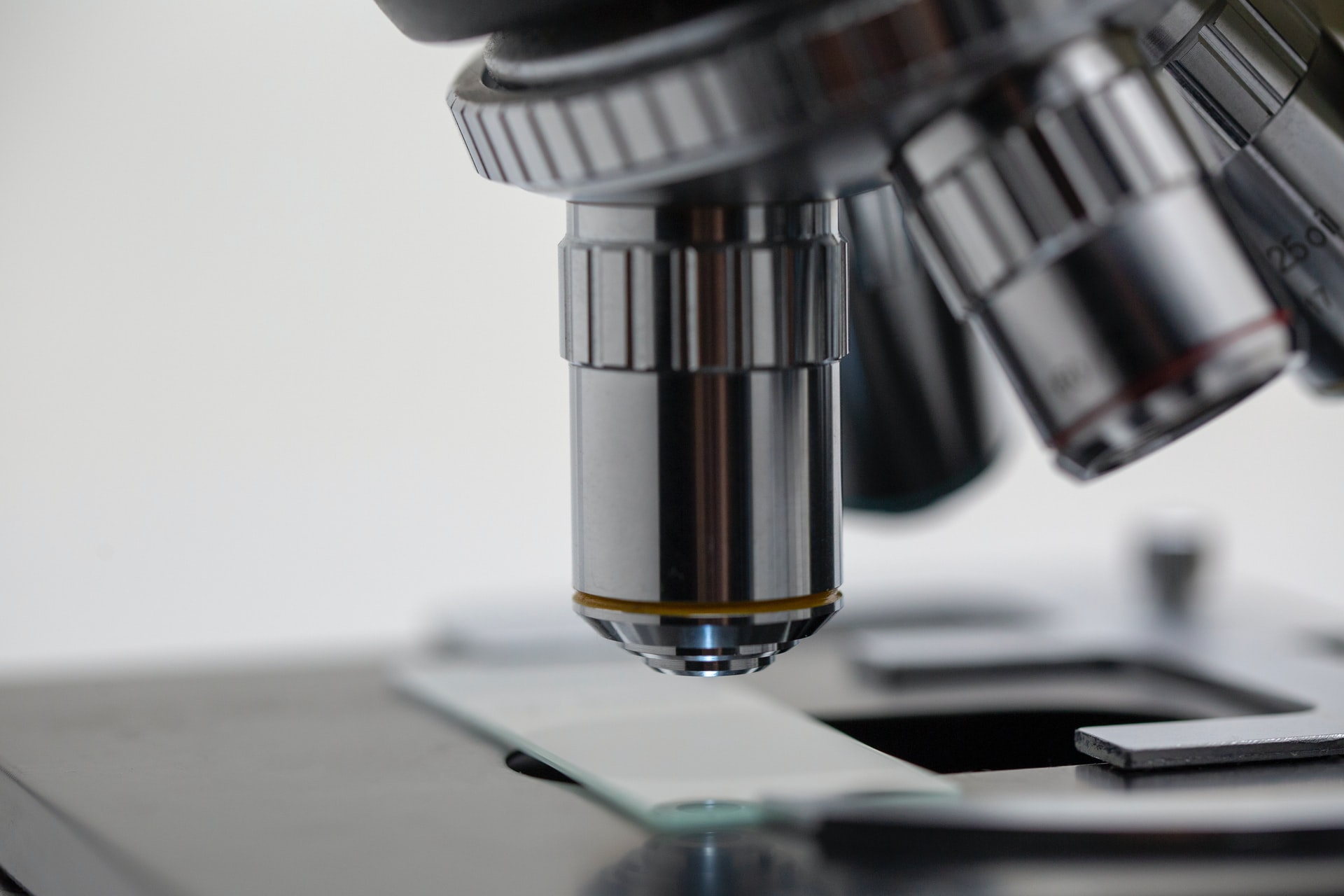Nano recordings help scientists to understand viruses

Nano recordings help scientists to understand viruses
‘Physicists are basically kids’, says Wouter Roos. ‘They just want to play with the cool stuff they found.’ Some of that cool stuff turned out to be technology that was useful to the world of virology, which welcomed the physicists with open arms.
These technologies can lead to new insights, says Roos, a physical virologist himself. In an article for Nature Review Physics, he and his colleagues Robijn Bruinsma and Gijs Wuite looked at ‘how antiviral medication changed the dynamics and mechanics of virus particles’.
Microscope
He’s particularly interested in how physicists use an atomic force microscope (AFM) to record how virus proteins naturally stick together. ‘When things are really small, a light microscope isn’t enough to see them’, Roos explains. AFMs do everything by touch. ‘The AFM moves a really sharp needle to map the surface, kind of like how an old-fashioned record player works.’
A computer reads the signals the needle transmits and turns them into an elevation map. ‘This creates resolution on an atomic scale, although it doesn’t work on biological materials like viruses.’
This nano recording shows how virus proteins stick together to form hexagons one hundred millionth of a metre big. But some proteins occasionally detach again just for a little while, kind of like ‘autonomous copying and pasting’, says Roos.
In his overview in Nature Reviews Physics, he describes a host of other technologies that help provide insight into how viruses are constructed. One of these is the optical tweezers that holds DNA between two spheres held in place by lasers. Another technology is a sound-based microscopic manipulation method.
Valuable insights
The techniques themselves aren’t the best thing for Roos, however. He describes how amazing it was to see how the building blocks rearranged themselves. ‘We never really knew how the building blocks attached, or how dynamic the process was.’
Virologists appreciate these valuable insights, especially during a pandemic. Scientists can now figure out the impact of antivirals on how virus proteins copy and paste themselves. ‘Not much work has been done on assembly, because it’s so difficult to see’, says Roos. ‘But now that we can see it, the next step is to develop antivirals that can attack the structure of the virus.’
Applicable research
The fundamental research itself is also important. ‘Many of the technologies that we use in daily life were discovered by accident’, says Roos. But only a fraction of fundamental research will actually lead to applicable technology, and it’s impossible to know beforehand what will work and what won’t.
‘There are some great examples of top scientists responding to new research fifty years ago. They would say how unimportant and useless it was. In the meantime, the results from that research have led to applications that are being used every day. That just shows how difficult it can be to estimate the economic value of fundamental research.’



